![]()
Every Sunday, we bring together a collection of easy-reading articles from analytical to how-to to photo features in no particular order that did not make our regular daily coverage. Enjoy!
Canon Explorer of Light Rick Sammon talks about the Canon EOS R3 – Phil Mistry
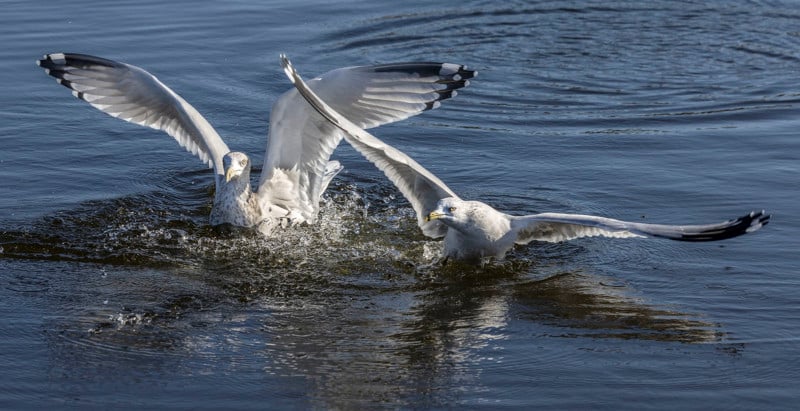
Rick Sammon has been photographing for 40 years.
“I’m an A-to-Z type of photographer,” Sammon says. “I do it all – and I enjoy the freedom of not specializing.”
Sammon, a Canon Explorer of Light, has photographed in 100 countries and been published in 42 books. He started as an underwater photographer leading scuba diving expeditions to the seven seas. He then easily transitioned into travel, landscape, wildlife, cultural and nature photography.

The 5-Minute Sunday Interview
Phil Mistry: How long have you been shooting with the Canon R3?
Rick Sammon: I have been photographing (more like testing at home for my travel workshops and tours) with the Canon EOS R3 for about three weeks, using the Canon RF 100-500mm f/4.5-7.1 L IS USM lens for my wildlife photography.
PM: What is one thing that you like the most about the R3?
RS: Asking about the “one” thing I like about the camera is kinda like asking a parent, “Who is your favorite child?” So, to answer that question, I’d say I like the combination of super-fast auto focus (with subject detection, especially animals) and the super-high frame rate – which helps me capture very subtle differences in gestures in my wildlife photographs.

PM: Does the 24 MP sensor allow you to crop as you could do with your other cameras?
RS: Yes! Because I always try to get it right in camera, photographing at the lowest possible ISO for the cleanest possible shot.
PM: When Canon makes the R1 (or whatever they call the top-level camera), what three features would you like to have which are not there in the R3?
RS: At this point, for my type of wildlife photography, I think the R3 is ideal.
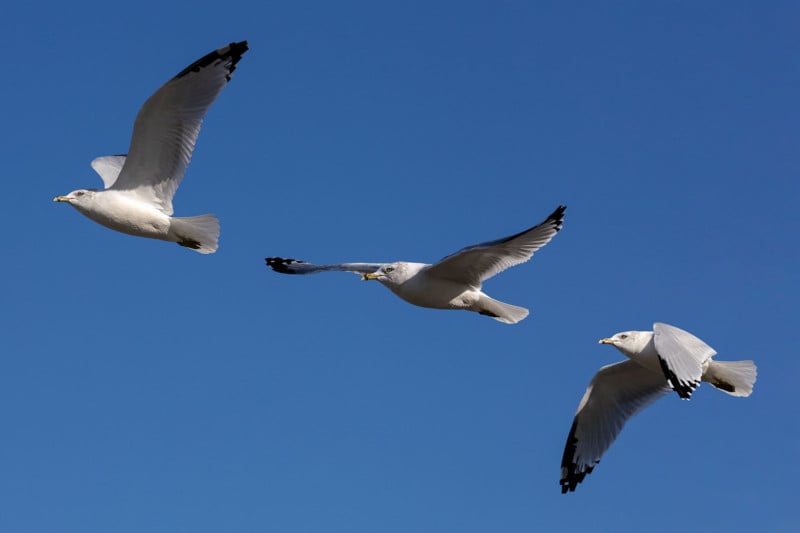
PM: Is eye control useful for all photographers?
RS: I think the Eye-Control is useful for photographers who photograph busy scenes, such as a baseball batter running between second and third base, with the pitcher in the foreground and outfielder in the background. It is also useful when photographing different types of birds flying over a field or pond – and you want one shot of a particular bird.
PM: Any other thoughts?
RS: I think the feel of a camera is important, just as the feel of a guitar [Sammon is a guitar teacher] is important. Easy-to-access controls are also important, especially when exposure and focus decisions need to be made in a split second. The R3 offers both . . . not to mention offering an amazing viewfinder.
Read also: Looking vs. Seeing as a Photographer
The One Shot That Changed Everything – in Pictures – The Guardian
Can a photograph change your life? Multiple photographers pick the image that cast a spell on them – and made them reconsider their own way of doing things.
Candid stories, presented alongside their chosen photographs, give unparalleled insights into the creative influences of contributors, including: Alec Soth, Don McCullin, Alex Prager, David Bailey, Duane Michals, Gregory Crewdson, Jack Davison, Joy Gregory, Mari Mahr, Megan Winstone, Nan Goldin, Takashi Arai, Valerie Sadoun, Zhang Kechun.
Gillian Laub Explores Her Family’s Political Dramas – The New Yorker
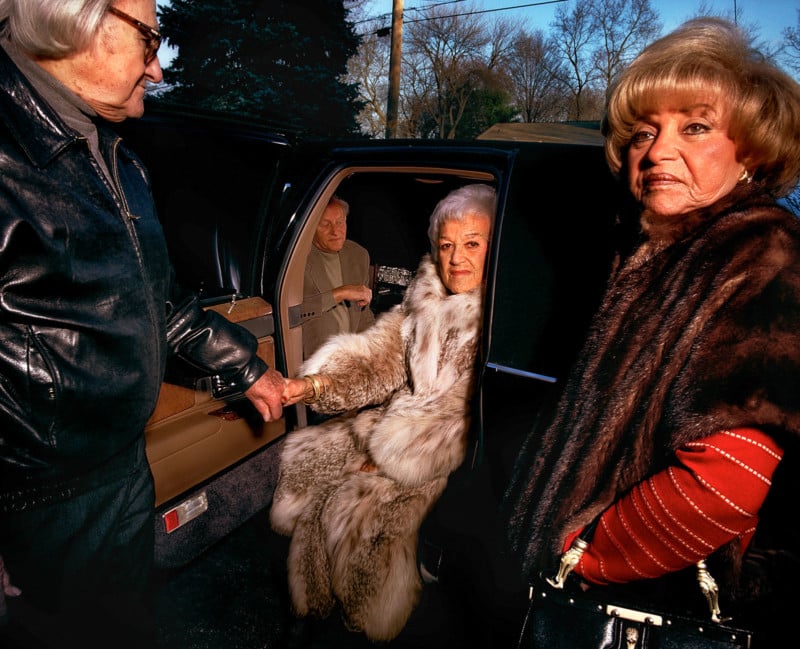
New York-based photographer Gillian Laub’s photos of her Jewish-American family saga feel both anguished and hopeful.
“Photographing my family is a way for me to navigate my identity,” Laub tells The New Yorker. “These are people, my people, who I have felt very much a part of, but also outside of, and I have been navigating that line since the moment I picked up the camera.”
In one photograph during the pandemic, Laub shows her parents standing outside a sliding glass door holding a balloon and cake and wishing her a happy birthday in a loving but also frustrating way.
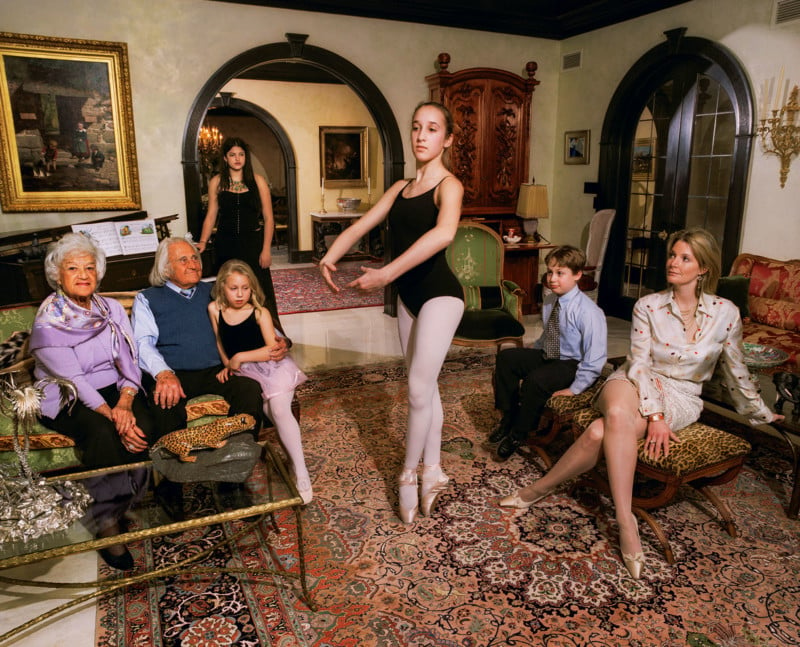
Although the photos were captured over two decades, the most recent ones reveal the cracks in the family relationships over different political affiliations.
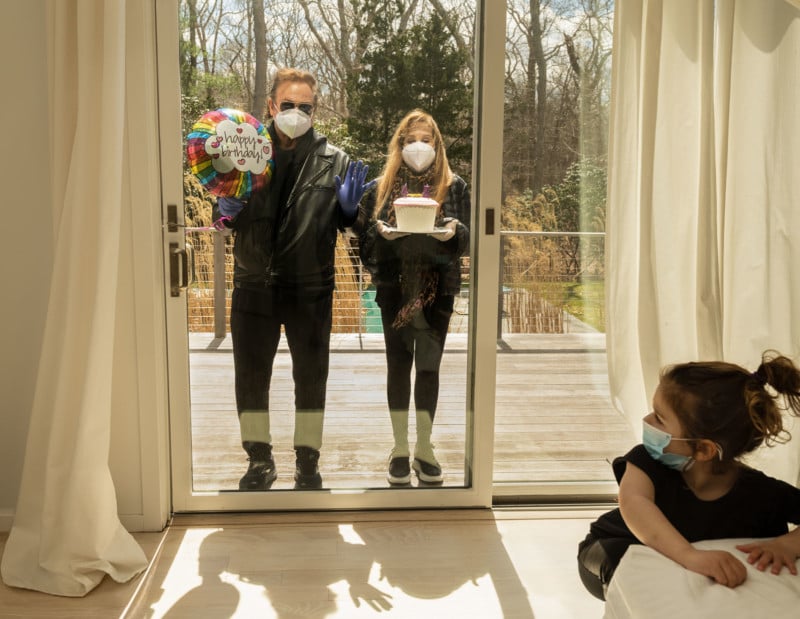
“The rise of Donald Trump, and her family’s support for and even adulation of the man, puzzled and distressed the liberal photographer,” writes The New Yorker.
Gillian Laub Family Matters is on at The International Center of Photography till Jan 10, 2022.
Travels With Boji: Istanbul’s Commuter Dog – The Atlantic
Boji, an Istanbul street dog, rides a subway train in Istanbul, Turkey, on October 21, 2021.
From The Atlantic:
Boji, a street dog living in Istanbul, Turkey, has become a popular sight on the city’s subways, ferries, trams, and buses. Chris McGrath, a photographer with Getty Images, recently joined Boji as he made his rounds, during which he can travel as much as 30 kilometers [19 miles] a day. “Since noticing the dog’s movements,” McGrath says, “Istanbul Municipality officials began tracking his commutes via a microchip and a phone app. Most days, he will pass through at least 29 metro stations and take at least two ferry rides. He has learned how and where to get on and off the trains and ferries.”
One of the World’s Leading Nature Photographers Hopes to Reconnect Readers to the Wild World Around Them – Daily Mail
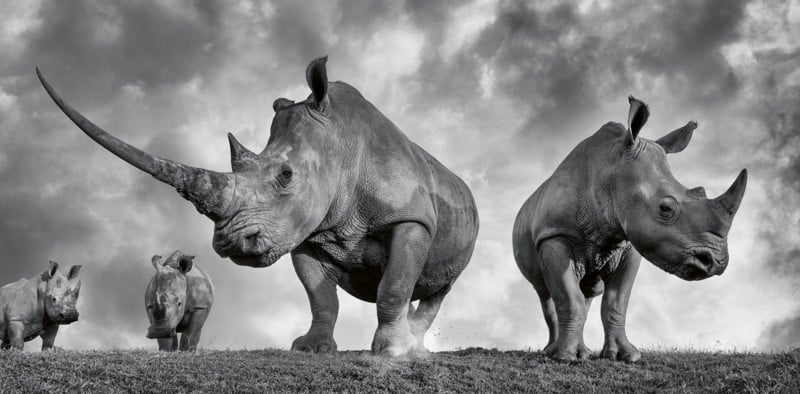
Mother: A Tribute to Mother Earth by photographer Marsel van Oosten and published by teNeues features more than 200 striking landscapes and wildlife images.
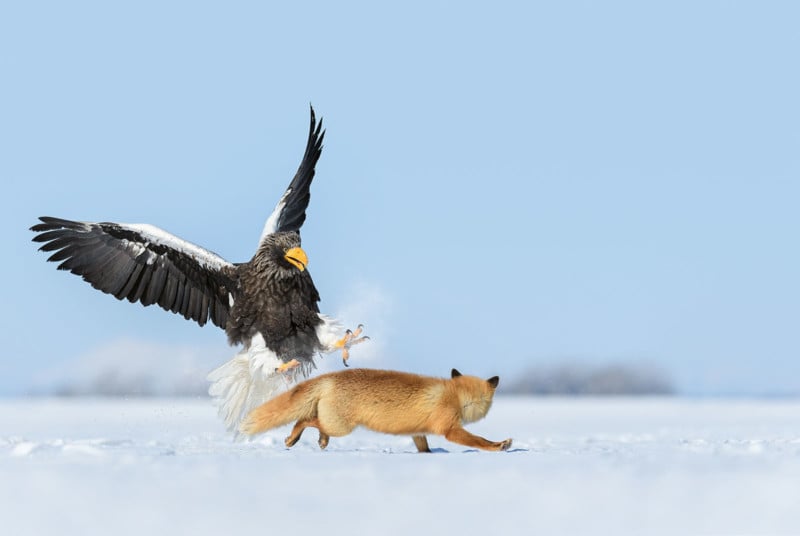
Mother contains mesmerizing pictures from Africa, the Americas, Asia, Europe, and Antarctica captured by Oosten over the past 15 years. He hopes that the images in this book will reconnect people to nature, make them realize that Mother Earth desperately needs our protection, and inspire them to take action.
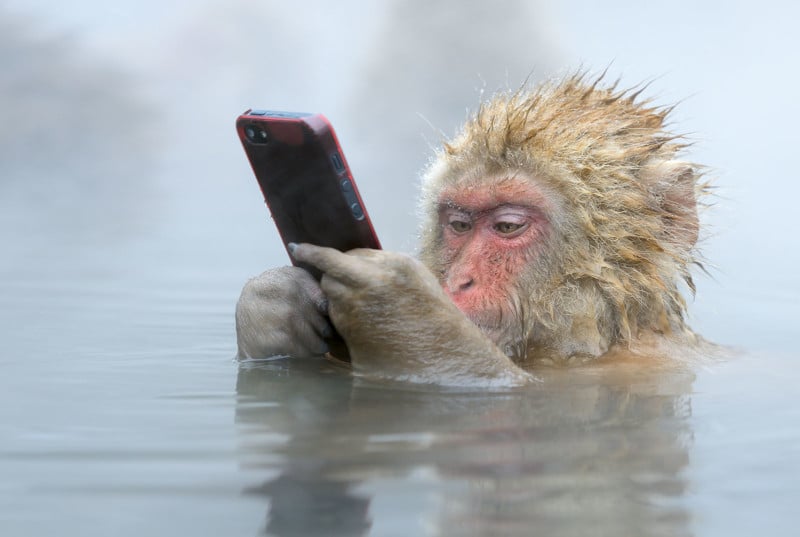
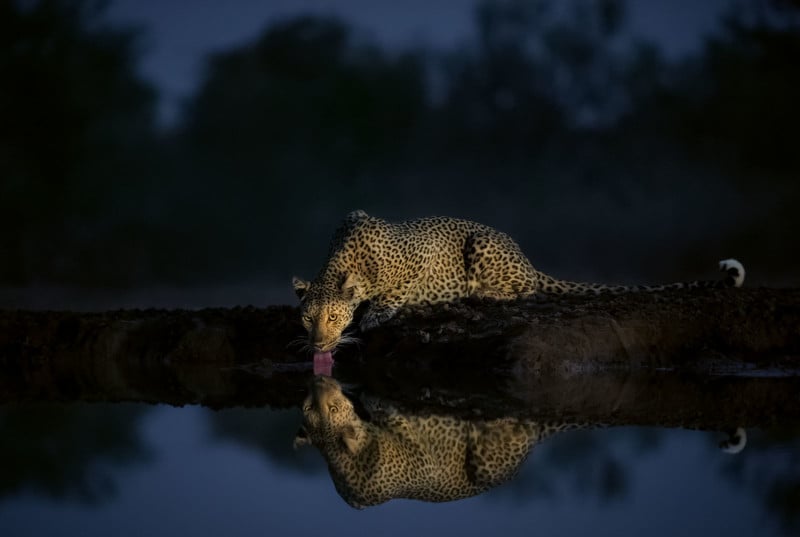
Photos of ’70s Halloween Trick-or-Treaters That Will Melt Your Cold Heart – BuzzFeed
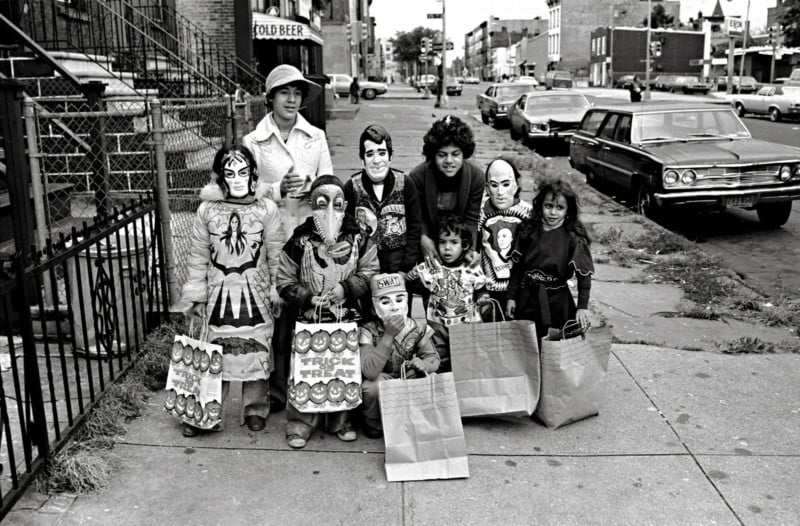
Larry Racioppo photographed Halloween in Brooklyn for years, capturing classic costumes from Star Wars characters to the Bride of Frankenstein.
“I could drive a cab two days a week to cover rent ($125 in 1973), and the rest of the time, I practiced photography,” Racioppo tells BuzzFeed.
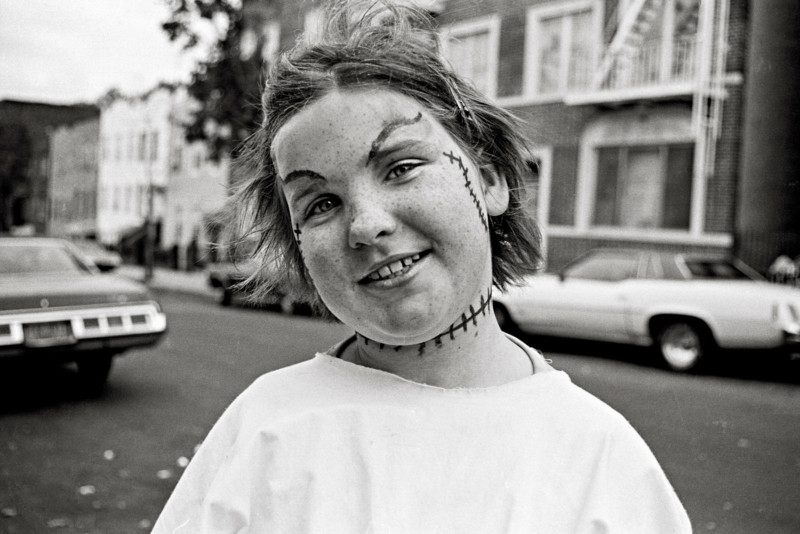
He photographed all over Brooklyn but capturing Halloween in his neighborhood was his favorite.

Racioppo has donated a collection of about 100 photos to the New York Public Library’s photo collection.
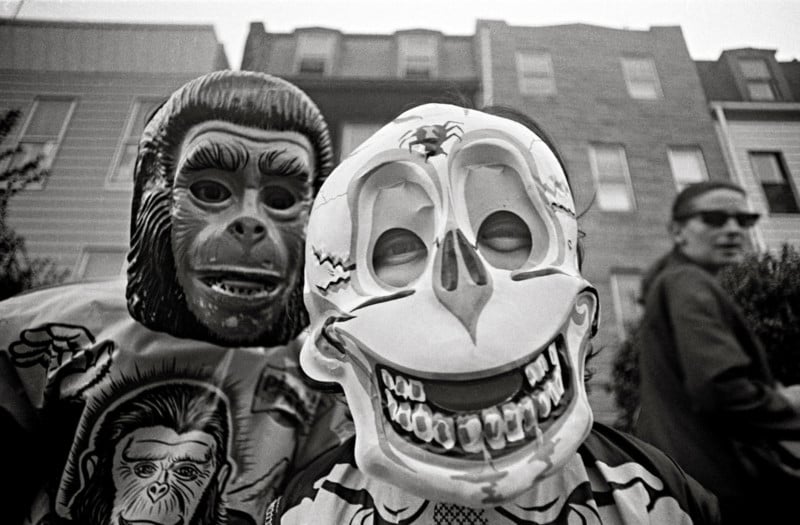
These photos are a journey back in time, to The Bionic Woman and Star Wars, before Elsa and Shrek.
A Photographer on The Prowl Captured New York City’s Most Outrageous Halloween Costumes of 2021—BuzzFeed
Today’s Halloween costumes shot by British photographer Adam Powell strike a marked difference from the ones of the ’70s at the link one paragraph above.
The Big Picture: Brutal Intimacy on the Streets of Tokyo with Bruce Gilden – The Guardian
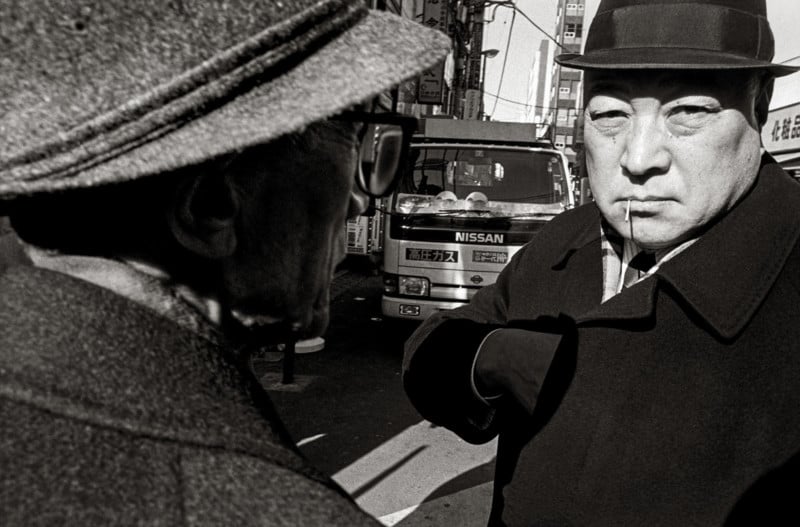
From The Guardian:
Bruce Gilden, infamous for his up-close, flashgun New York street photography, visited Japan several times in the 1990s. His pictures of Tokyo, collected in a new book, Cherry Blossom, share the brutal intimacy of his Manhattan archive. His camera has always sought out and ambushed characters, hard men, broken souls, desperate women.
Many of his Japanese pictures are in the faces of Yakuza gangsters; one or two make you wonder how he lived to make the prints. Others go in search of people marginalized by Tokyo society: homeless drunks, aging sex workers, teenage biker gangs. The man in this photograph [above] is described as a “businessman at lunchtime,” though, reaching into his breast pocket, he seems to carry much of the threat and menace of the more overtly violent of Gilden’s subjects.
Cherry Blossom by Bruce Gilden is published by Thames & Hudson
Read also: A Chat with Bruce Gilden About Life, Work, and Photography
Why the Myth That Dark Skin Is Harder to Photograph Persists – Allure
And how three photographers are pushing back against a bias that’s existed since film was invented.
“The film chemistry that creates color balance was not originally designed with yellow, brown, and reddish skin tones in mind, and such hues wouldn’t even be considered until the 1970s,” writes Allure.
Read also: Here’s a Look at How Color Film was Originally Biased Toward White People
Across Time with Photojournalist David Burnett – Sony Alpha Films
David Burnett (b. 1946) is an American magazine photojournalist. His work from the 1979 Iranian revolution was published extensively in Time. He was a member of the Gamma photo agency and co-founded Contact Press Images. American Photo magazine named Burnett one of the 100 Most Important People in Photography. “That made his mom very happy,” writes his website.
Looking Back on Helmut Newton’s Legacy in Fashion Photography – Forbes
“He was no fit for British Vogue, but rather found a kinship with the risks that French Vogue was willing to take, at the time,” writes Forbes. “Over the course of his 60-year career, Newton disrupted fashion photography from something perfect to elegant anarchy.
“Fact: He created sexually-charged fashion photos in French Vogue in a time when they were risqué.”
Do Photographers Have to Learn Video? – Photofocus
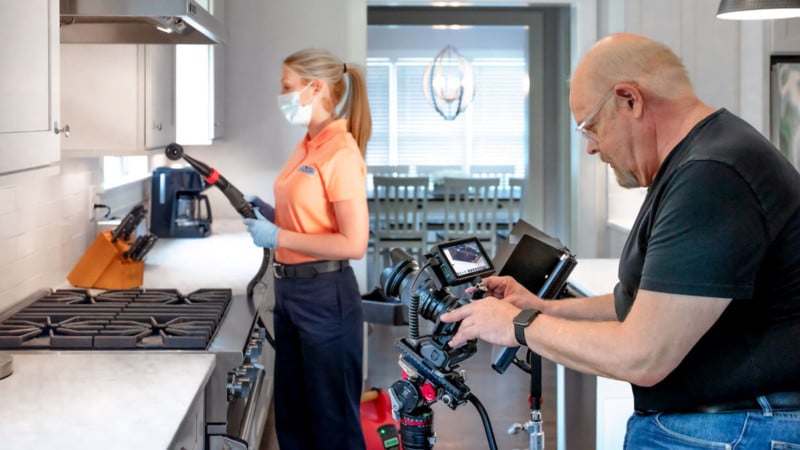
“With new still cameras bringing professional-level video to photographers, it is only a matter of time before people will ask us to make motion pictures,” says photographer Kevin Ames in the article above.
Canon started the revolution when they introduced HD video in the 5D Mark II in November of 2008, and still photographers realized that they already have a very useable video camera in their hands.
For the still photographers of today, cinema-quality video is already readily available in the cameras they are using. Resolutions up to 8K and pro codecs are now becoming standard, as are higher frame rates for capturing slow motion. RAW video and Log profiles are also becoming more prevalent in pro still cameras.
Raw Photos of Landfills Show the Extreme Amount of Waste Humans Produce – BuzzFeed
Where does all the trash go after you take it to the dumpster? The reality depicted in the images here showcases the current state of waste management and how the items we discard are piling up worldwide.
“1,825 pounds of trash per year: That’s how much the average American produces, according to statistics by the Environmental Protection Agency,” says Buzzfeed. “According to the agency’s findings, food and paper top the rankings for types of waste going into landfills.”
Photo of the Week
No, Don’t. We’re on the Same Side!
Quiz of the Week
1.) JPEGmini has released update 3.3 for the image optimization app, which brings a long-requested feature to the software to:
a.) Compress RAW still files
b.) Reduce the size of video files
c.) Reduce the size of audio files
2.) Is it possible for a lens adapter to widen the angle of view of a lens?
3.) Which is the first combined LED light and digital strobe? Hint: It does not have a conventional flash tube but fires the flashes via the LED.
Answers
1.) (b.) Reduce the size of video files. It supports the optimization of H.264(AVC) MP4 and MOV files, and users can expect up to a 50% file size reduction (30% on average, with peaks up to 80%).
2.) Yes. A new Mitakon adapter for Nikon Z widens the angle (by 0.726x) of full-frame lenses on APS-C cameras.
3.) The StellaPro Reflex. It can be used as an off-camera flash controlled remotely by Godox or Elinchrom triggers and fires up to 20 frames per second for extended periods without overheating.
Why I Like This Photo – Meryl Meisler
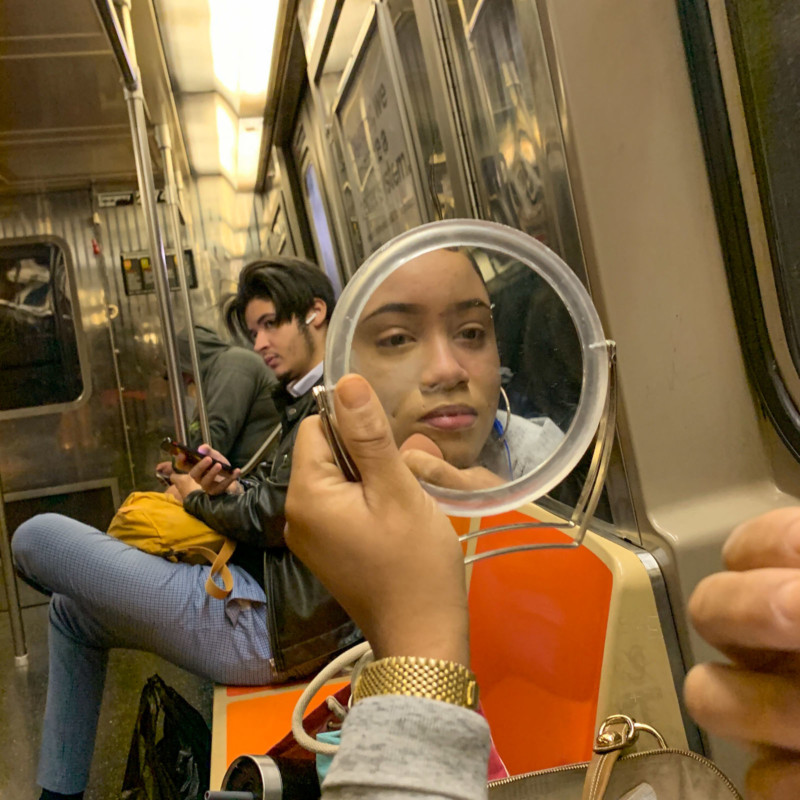
I like this photo because it shows a person doing something private in public. A young woman is looking in a handheld mirror to apply face powder while riding a moving NYC subway train. We view the subject from over her left shoulder as her left hand grasps hold of the makeup mirror. In the reflection, we see her right hand applying powder with a cosmetic pad. She looks calmly into the mirror at her reflection, patting her skin while avoiding eye contact with the camera lens. The composition is a series of diagonal and parallel lines accentuated by the slightly off-center circular mirror. The close-up of her hands and face overlaps a young, bearded man wearing ear pods, holding a mobile device, staring off in another direction. A hooded figure crouches on the farthest seat of the train.
There is a warm tone throughout the image. Orange seats and a small orange circle on the signage indicate to a regular subway rider that this is an F train. The woman wears gold-colored accessories — a wristband, hoop earring, mirror, and handbag with gold metal details. The man with the earbuds has a warm orange cloth bag, the person in the distance wears a muted green hoodie. The only cool tone color in the composition is the seated figure’s blue checked pants. An eerie yet incandescent light reflects throughout the train.
I wasn’t carrying a stand-alone camera when I saw this woman but knew it was an image I wanted to capture. I asked if I could take her photograph and post it on my Instagram account because I never saw anyone applying makeup just like that on a train. She replied yes and continued fixing her makeup while I used my iPhone XR using existing light to take this photo on November 21, 2019. I asked if she wanted me to tag her. She replied yes and typed @cocaine_waiitress directly onto my post. I applied the hashtag #onlyinny.
Less than four months later, the world as we know it changed due to the pandemic. Now, everyone is required to wear masks on the NYC subways.
The best camera is the one you have on you.
Meryl Meisler (b.1951 South Bronx, NY) studied with Lisette Model while photographing her hometown and the city around her. After working as a freelance illustrator by day, Meisler frequented and photographed the infamous New York Discos. As a 1978 CETA Artist grant recipient, Meisler created a portfolio of photographs that explored her Jewish Identity for the American Jewish Congress. After CETA, she began a 3-decade career as an NYC Public School Art Teacher. Her latest monograph, New York PARADISE LOST Bushwick Era Disco is available here.
Quote of the Week — Bruce Gilden
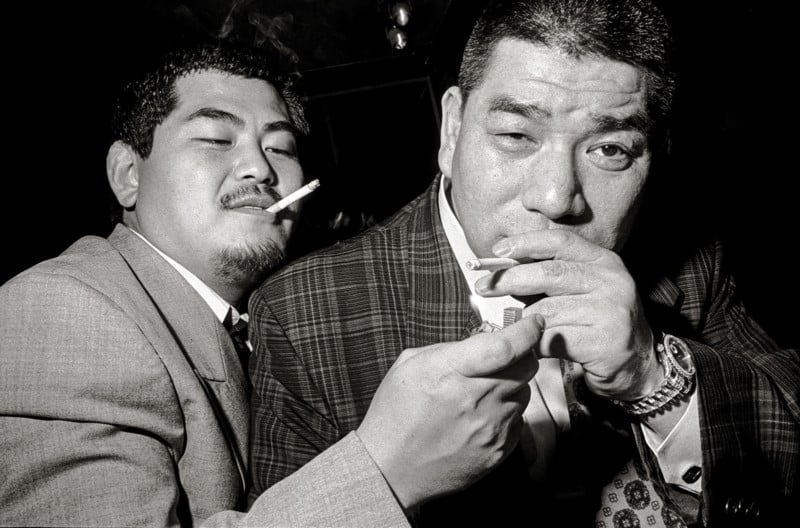
The above photo is from Cherry Blossom by Bruce Gilden, published by Thames & Hudson.
If you can’t smell the street, it’s not a street photograph. – Bruce Gilden
Bruce Gilden joined Magnum Photos in 1998. His work has been exhibited widely around the world and is part of many permanent collections such as MoMA, New York; the Victoria and Albert Museum, London; and the Tokyo Metropolitan Museum of Photography. Contemporary American photographer Joel Meyerowitz has this to say about Gilden: “He’s a f**king bully. I despise the work, I despise the attitude, he’s an aggressive bully, and all the pictures look alike because he only has one idea— ‘I’m gonna embarrass you, I’m going to humiliate you.’ I’m sorry, but no.”
To see an archive of past issues of Great Reads in Photography, click here.
We welcome comments as well as suggestions. As we cannot possibly cover each and every source, if you see something interesting in your reading or local newspaper anywhere in the world, kindly forward the link to us here. ALL messages will be personally acknowledged.
About the author: Phil Mistry is a photographer and teacher based in Atlanta, GA. He started one of the first digital camera classes in New York City at The International Center of Photography in the 90s. He was the director and teacher for Sony/Popular Photography magazine’s Digital Days Workshops. You can reach him via email here.
Image credits: All photographs as credited and used with permission from the photographers or agencies. Portions of header photo via Depositphotos.
No comments:
Post a Comment